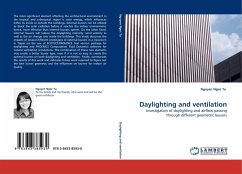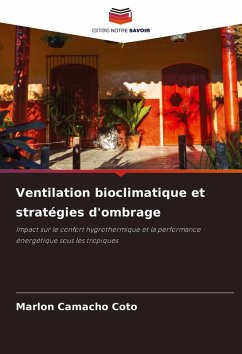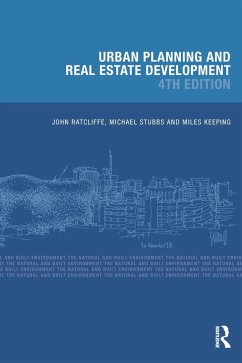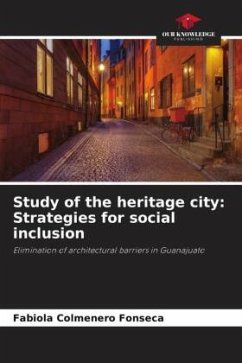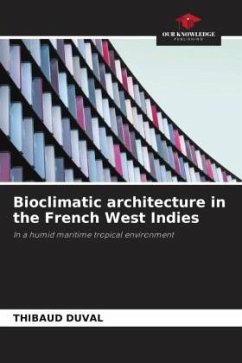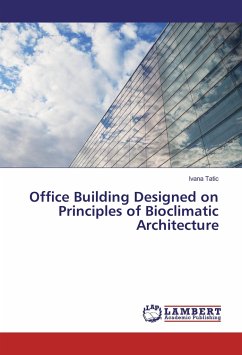
Bioclimatic strategies for ventilation and shading
Impact on hygrothermal comfort and energy performance in the tropics
Versandkostenfrei!
Versandfertig in 6-10 Tagen
56,99 €
inkl. MwSt.

PAYBACK Punkte
28 °P sammeln!
Bioclimatic architecture has historically been integrated into the design and construction process, mainly in housing, through vernacular architecture; some studies have even found better energy performance in homes dating back several centuries compared to some modern ones. In addition, global investment in energy efficiency in buildings has increased in recent years, yet the sector's energy consumption continues to show an upward trend, suggesting that, worldwide, buildings are being constructed or remodeled with insufficient bioclimatic design, leading to the waste of large amounts of energ...
Bioclimatic architecture has historically been integrated into the design and construction process, mainly in housing, through vernacular architecture; some studies have even found better energy performance in homes dating back several centuries compared to some modern ones. In addition, global investment in energy efficiency in buildings has increased in recent years, yet the sector's energy consumption continues to show an upward trend, suggesting that, worldwide, buildings are being constructed or remodeled with insufficient bioclimatic design, leading to the waste of large amounts of energy.This book evaluates the hygrothermal comfort and energy consumption conditions of a single-family house located in Nosara, in the province of Guanacaste, Costa Rica, and proposes passive climate control strategies of natural ventilation and shading to determine the effect they have on these parameters and, based on this, to develop an analysis of their contribution to energy savings.





